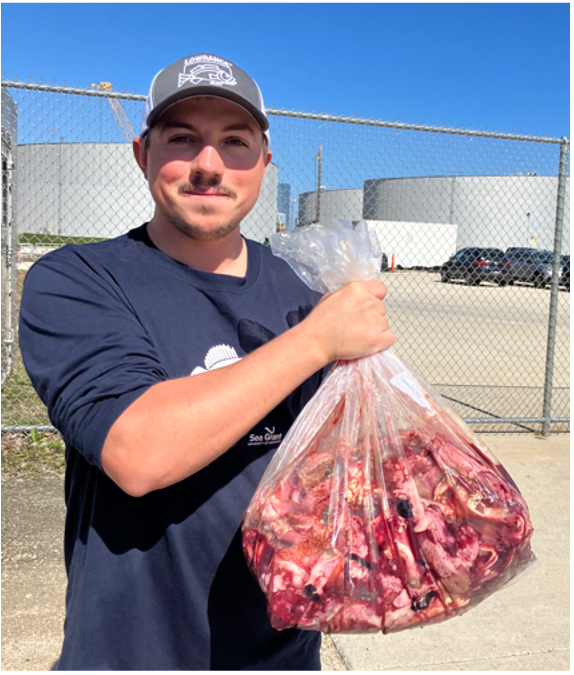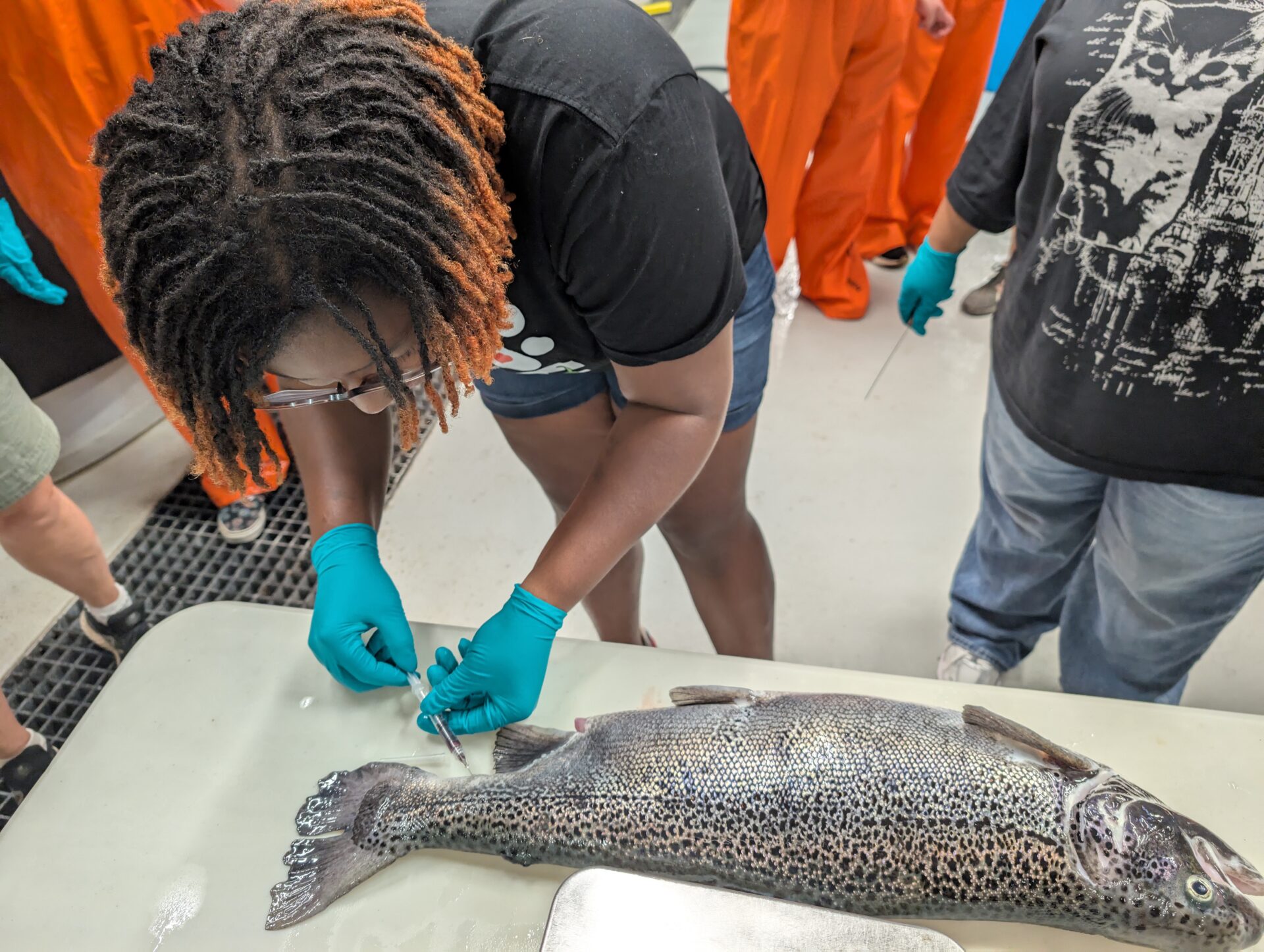Every year, thousands of recreational boaters and anglers take to the waters of Lake Michigan and Lake Superior. And every year, a handful of them run afoul of commercial and tribal fishing nets, even though those trap and gill nets are often marked with flags and buoys. In rare cases, boats can become swamped, putting lives at risk.
Now boaters have a new safety tool to help them avoid damage and disaster, in the form of an educational video produced through a partnership between Wisconsin Sea Grant, the Apostle Islands Sports Fisherman’s Association (AISA) and the Great Lakes Indian Fish and Wildlife Commission (GLIFWC).
“Our main objective is to protect our natural resources, the water and all our animal relatives that depend on the water. With this video, we hope to promote safety and responsibility that allows for everyone to enjoy the Great Lakes for future generations,” said Heather Naigus, outreach officer for GLIFWC.
The 13-minute video, filmed and produced by Wisconsin Sea Grant, features Wisconsin Department of Natural Resources (DNR) Warden Amie Egstad describing the ways in which fishing nets are marked using specific types of flags and buoys. It also provides detailed safety tips on what boaters should do if they run into trouble.
“What we’re giving anglers and boaters is the tools to say ‘I see these buoys, and I think I know what that means,’” said Titus Seilheimer, Wisconsin Sea Grant’s fisheries outreach specialist. ‘Now I can avoid entanglement.”
Anchored nets are only one of the net-related safety hazards about which boaters must be aware. Ghost nets, commercial or tribal nets that have become unmoored due to strong currents or storms, can also create a dangerous situation. No longer marked, these ghost nets continue to drift on the water’s surface or in its depths, presenting an unseen hazard that can easily entangle unwary boaters.
“The key question with ghost nets is obviously, what do you do?’” said Seilheimer. “The video outlines several action steps. First, you want to free yourself right away, especially if weather conditions are threatening. Then, if possible, we’d like boaters to be able to mark the location with a GPS system and a float. That helps a lot with recovery.”
The video instructs boaters who become entangled in a ghost net to call a Wisconsin DNR tip line (1-800-847-9367) or visit the website greatlakesghostnets.org to report the location.
“Addressing the issues of safety around nets, as well as lost or missing nets, can save lives, save precious natural resources and removes debris that degrades the environment of the Great Lakes,” said Al House, AISA board member.
The video is available to view and share on Wisconsin Sea Grant’s website (http://bit.ly/1G44Ynf) as well as the organization’s YouTube Channel (http://bit.ly/1GHCoqA).





